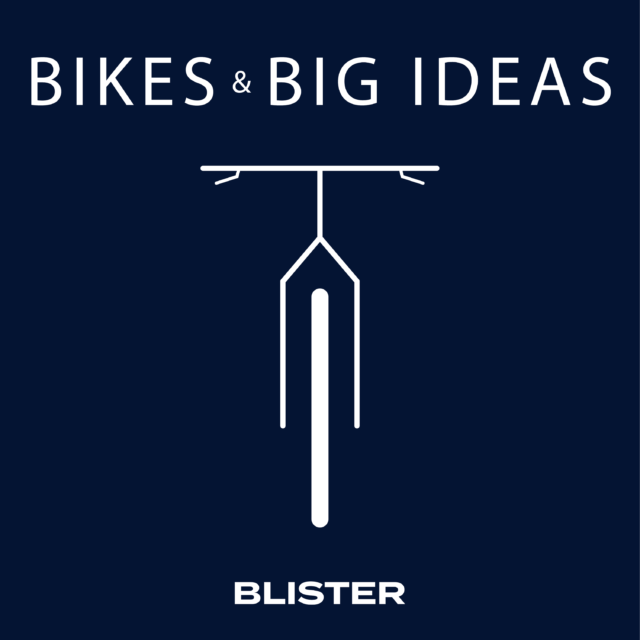


Leave a rating and / or review in the Apple Podcast app or on the Spotify app.
This free, 30-second action on your part lets us know you value all the time & energy that goes into producing & publishing GEAR:30, and it ensures that we can keep the show going.
How to Leave a Rating / Review on Apple Podcasts
- Open the Apple Podcast App
- (if you’re on your phone, simply click this link)
- Go to the icons at the bottom of the screen and choose “search”
- Search for “GEAR:30”
- Click on the SHOW — *not* the specific episode
- Scroll down to “Ratings and Reviews”
- Click on “Tap to Rate” and leave us a 5-Star Rating!
- Below that, you can click Write a Review if you’d like to share a few words
How to Leave a Rating on Spotify
- Currently, you can only rate a podcast in the Spotify mobile app
- (if you’re on your phone, simply click this link)
- Navigate to the GEAR:30 show on Spotify (not to a specific episode)
- Tap the star icon underneath the podcast description and if you like the show, leave a 5-star rating
- On Spotify, you need to listen to at least one episode before you can rate a podcast.
How should you think about ski boot flex patterns, and which one is “right” for you? For the latest installment of our “Very Deep Dive on Bootfitting” series, we talk with bootfitter and Pulse Boot Lab’s Revelstoke store manager, Bryn Vickers, to cover the complex and often misunderstood aspects of ski boot flex.
We discuss how the ankle joint and an individual’s biomechanics are the most important pieces of the puzzle; what exactly boot “flex” even means when it comes to on-snow performance; the many variables that determine what flex pattern might work best for you; and we also talk about Pulse’s latest tech, including their new foam-injected aftermarket liner.
RELATED LINKS:
Blister Recommended Shop: Pulse Boot Labs
BLISTER+ Membership: Sign Up
A Very Deep Dive on Bootfitting Series
3D Printing & Bootfitting w/ Pulse Boot Lab (Ep.234)
Stance Balancing with Pulse Boot Labs (Ep.217)
TOPICS & TIMES
Ankle Joint = #1 Priority (3:33)
How the Body Moves (6.17)
Custom Insoles (12:49)
What is Boot Flex? (17:50)
Walk Mode Vs. Fixed Cuff (22:49)
Flex Ratings (26:27)
Forward Lean & Calf Size (33:39)
Height, Weight, & Strength (39:17)
Options for Stiffening (42:26)
Options for Softening (45:59)
Final Thoughts on Boot Flex (48:49)
Pulse’s Foam Injected Liner & Other Tech (52:51)









Can you guys talk about the relationship between how tight boot buckles are with respect to flex and ankle mobility? I have limited ankle mobility and currently have a 4mm heel lift in my boots (any more than that and I feel like I am the back seat and have difficulty absorbing terrain). Currently I crank down on my power strap and tie my lace up liners very tightly (I’m in a nordica doberman 130 5 S). If I buckle my boots too tightly, however, I can’t get my knee over my toes sufficiently to get power to the tips of my skis at the initiation of a turn. This is especially true on the flats where there are limited downward forces to promote ankle flexion. If I buckle more loosely, I can crank turns, can carve turns on the flats, and the power strap has sufficient holding power to help me through any chop and more variable terrain.
Does it make sense to modify the setup I described above by cutting down the flex of the boot. Would seem to contradict the general wisdom that a stiff boot with a heel lift is better for folks with limited dorsiflexion? Thanks!
Hi Evan,
This is a good question. There is a big difference between moving the boot to actuate flex, vs. moving inside of the the boot to achieve a forward position, if that makes sense. It would be worth paying attention to if the boot is moving with you or if you are moving inside the boot to achieve that forward position. It’s possible to over-buckle a boot to the point where you are immobilizing / locking up your biomechanics. Ideally, you would be able to buckle with uniform and snug tension in the cuff and still have progressive flex in the boot. So long as you feel snug and supported in the boot with the current buckle tension, it’s probably okay. That said, it’s not like every person with rigid ankle dorsiflexion needs a “130” flex boot, perhaps softening it just a bit could be helpful. Have you removed either of the cuff bolts to see if that makes a difference? With 13° forward lean, the Dobermann S is on the more upright side, but it’s possible to also add a spoiler to the tongue of the liner to see if a more upright posture helps or hinders your balance. Thanks!
Plates to extend the cuff upwards for long calves?!? Intriguing.